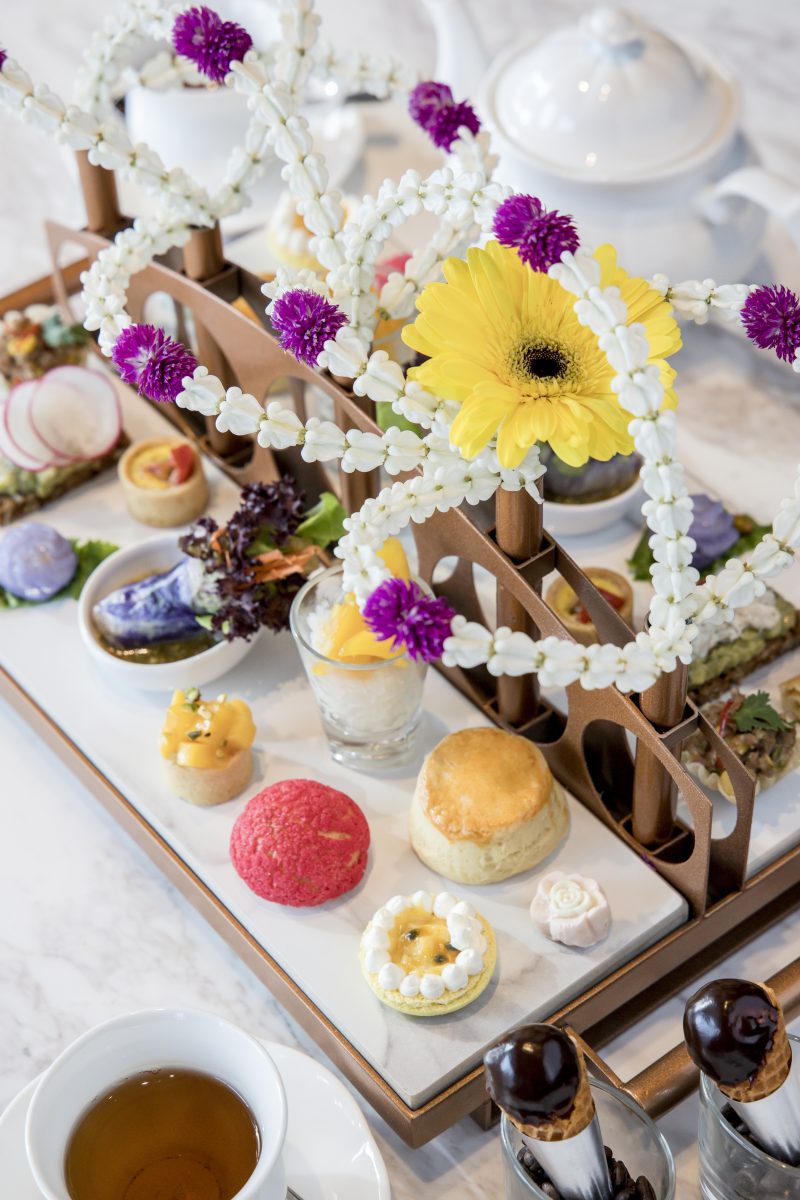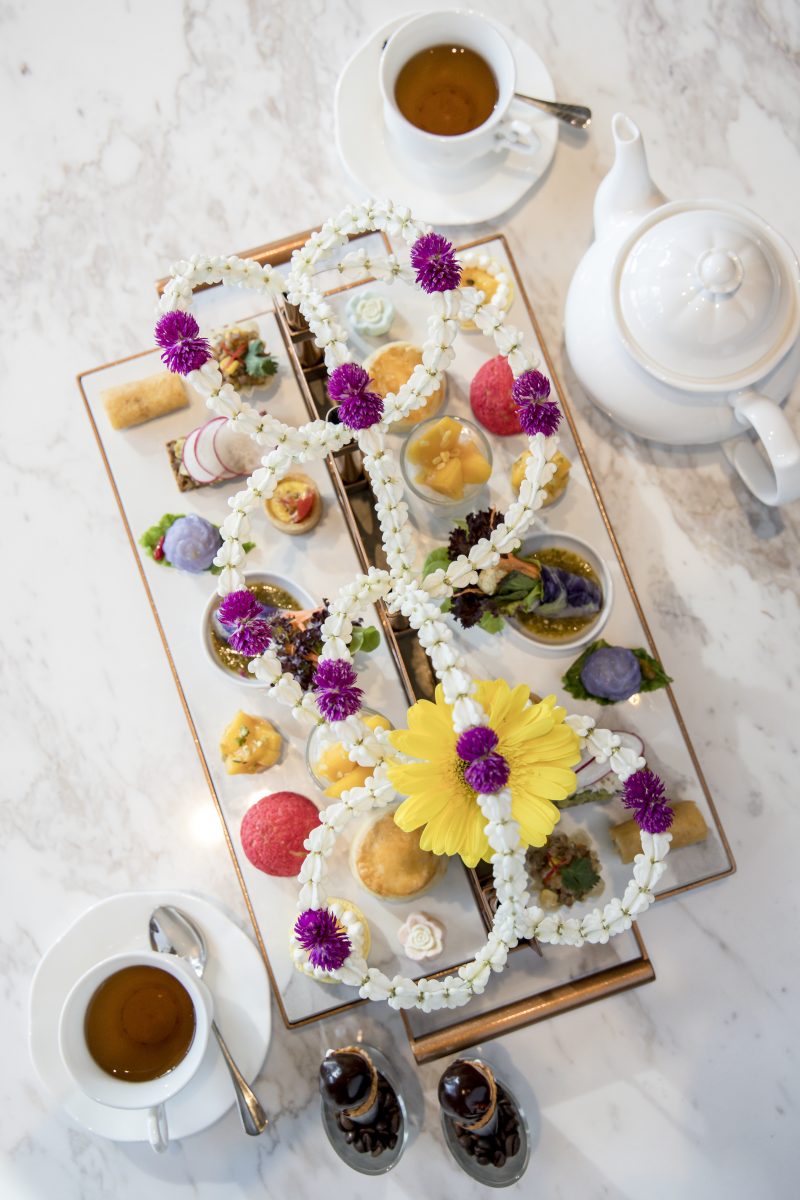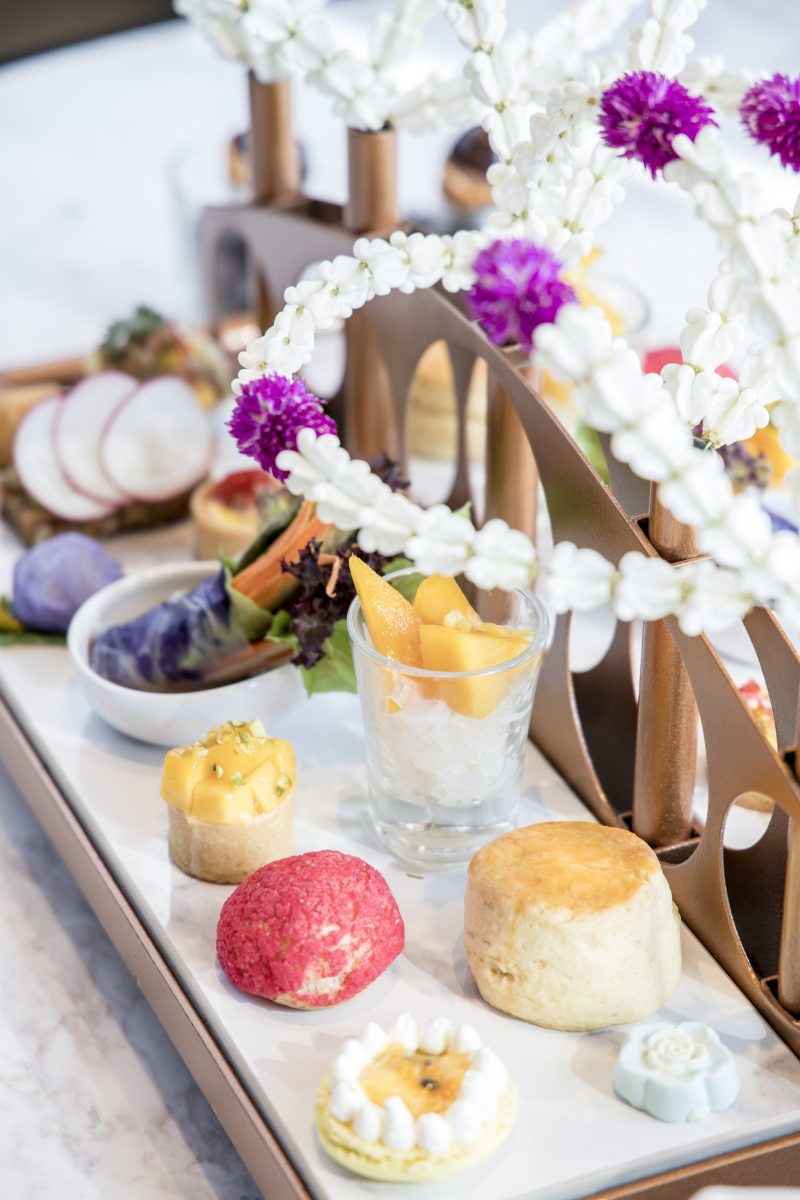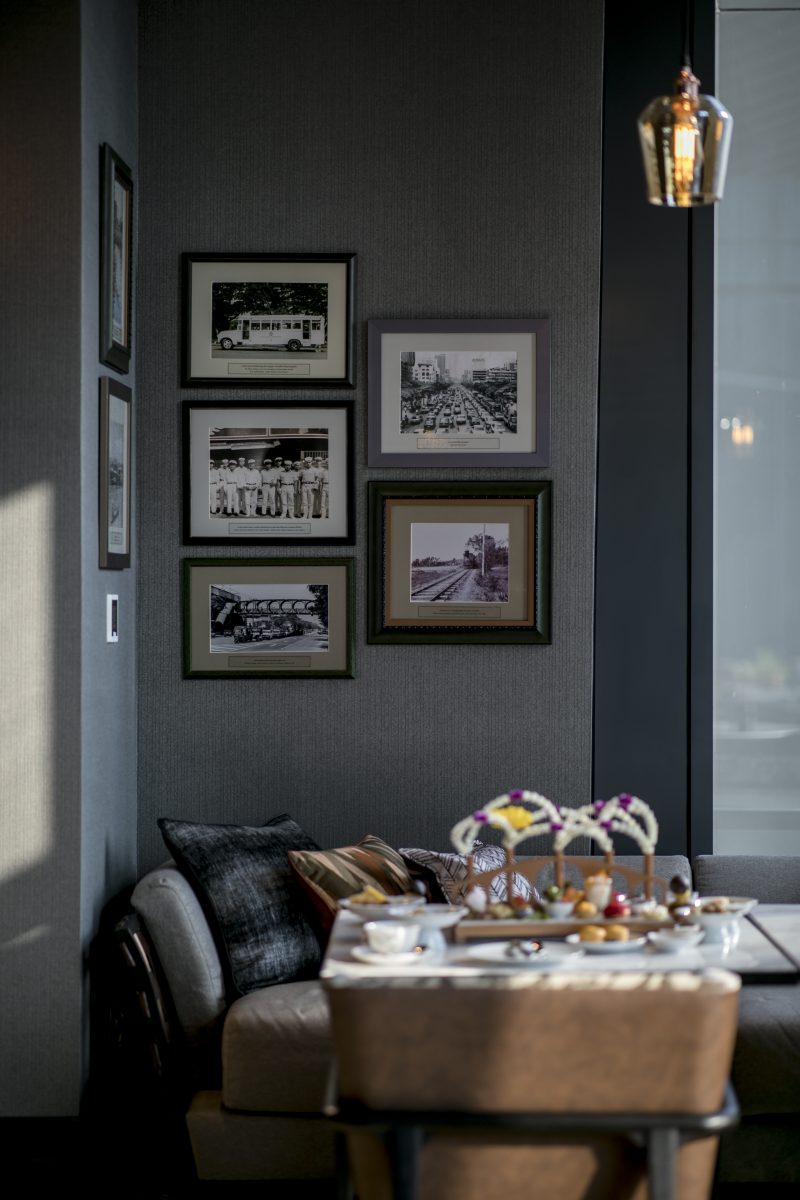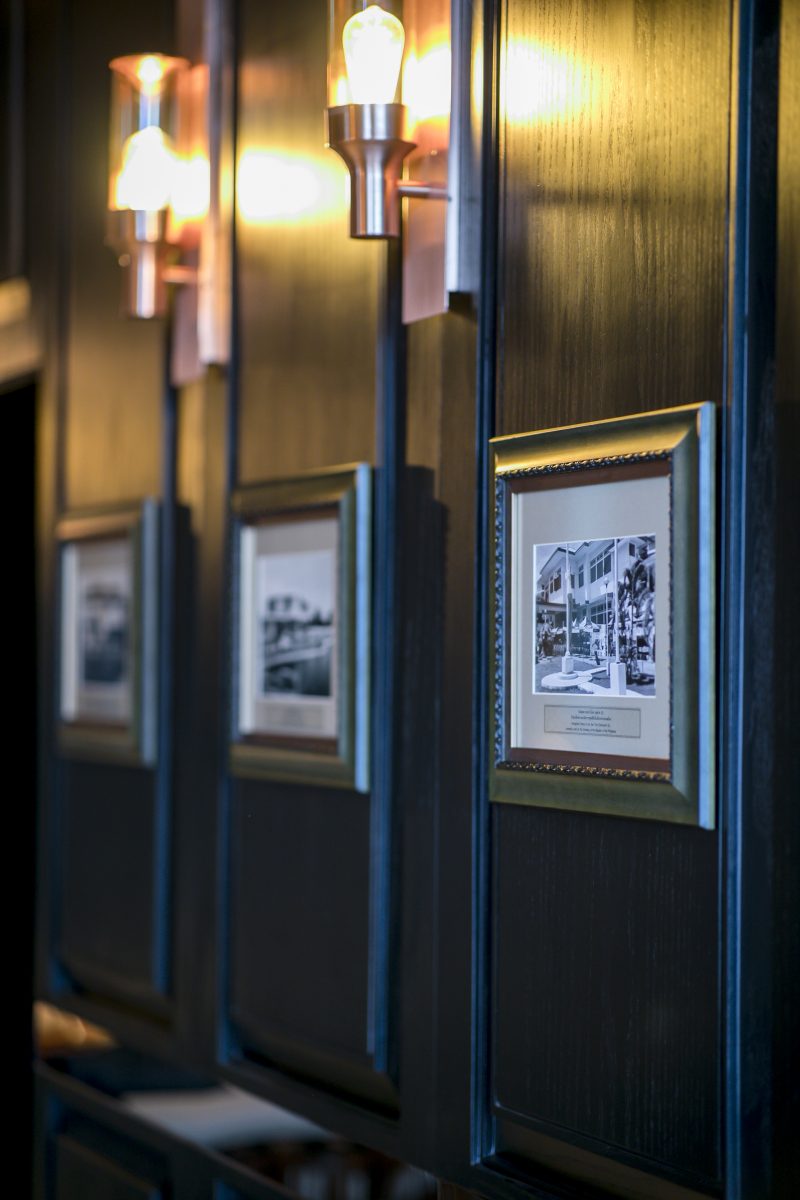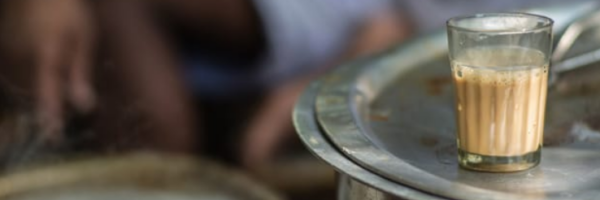
The Sukhumvit Gallery
Khun Pichai Rattakun, former Deputy Prime Minister and President of the Parliament, was the perfect choice to address VIPs and the assembled press at the opening of the Sukhumvit Gallery at the Hyatt Regency Sukhumvit. A collection of fascinating black and white and sepia photographs document the history of what is now the most well known road in Thailand.
The Hyatt Regency is located in prime real estate in the middle of Sukhumvit Rd adjacent to Nana BTS station. You can access it direct from the BTS without even setting foot on Sukhumvit Rd and their attentive staff will host your stay. Deliver lunch, dinner and or entertainment in one of a number of classy outlets and serve you the most delightful afternoon tea, sandwiches, sweet and savoury treats, scones and clotted cream. In the UK they would call this high tea. A wide selection of famous teas have been specifically selected to refresh the weary traveller or exhausted shopper.
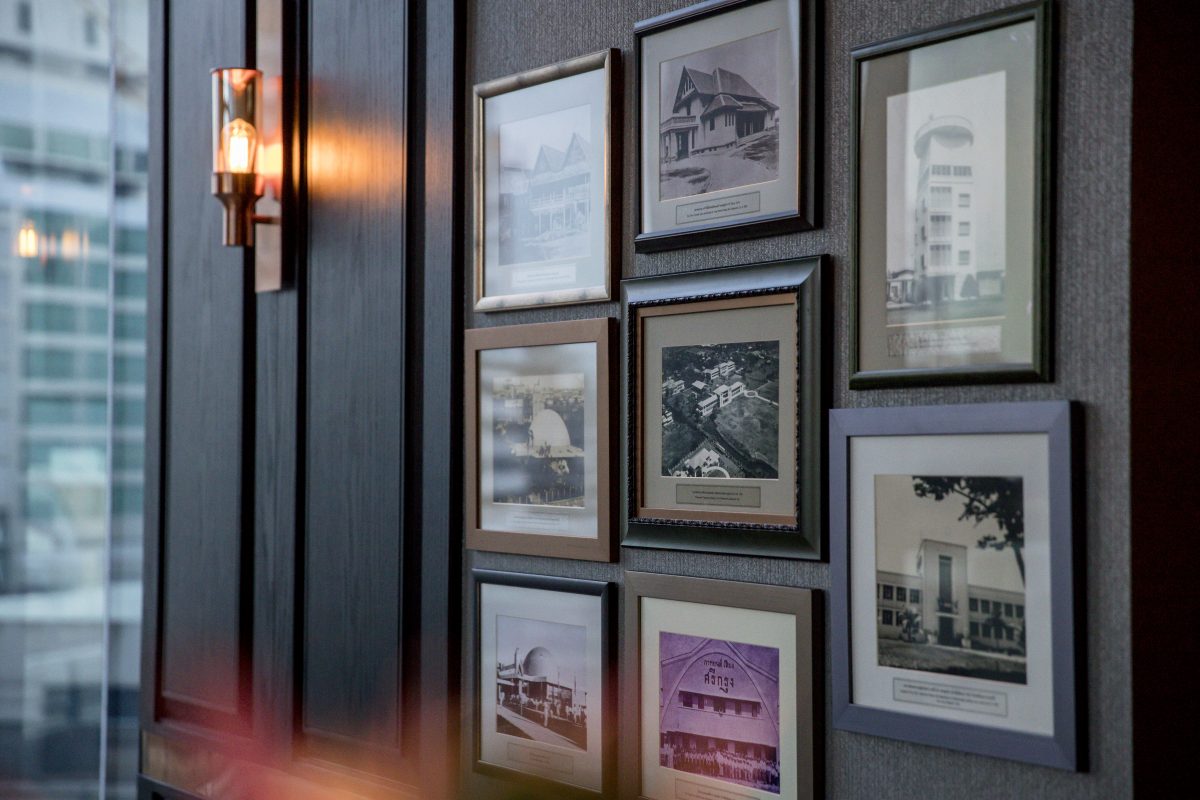
Khun Pichai recalled stories about the area now known as Sukhumvit in the past. He told us that in years gone by there was no Sukhumvit. In those days it was called Thung Bang Kapi, Din Daeng Road. The place where this luxurious 5 star hotel now sits was just a paddy field. It was considered a paradise for people wo took walks in the fresh air, played chula and flew Pakpao kites. For the people of Bangkok people this was what happened at Bang Kapi.
The first house in this area is Lek Nana’s house. Lek Nana was a Thai citizen of Indian descent. A Sunni Islam with ancestors from India across the seas his ancestors were Ali, Ahmad, Tepadia, which originated from the city of Randers in Gujarat.
They came to live and settle in Thailand in the reign of King Mongkut. They traded, worked hard, made a living and saved until they were able to buy land in what became the Sukhumvit. The price of agricultural land was not expensive then in Bangkok – it was not nearly as prosperous as it is today. He inherited these lands from his ancestors. Lek Nana was one of the founders of the Democratic Party as we know it today. He became the Secretary of the Democrat Party when Khun Pichai was the party leader. They built the permanent office of the Democrat Party on private land In Soi Sethasiri, Phayathai District, still home to date. Khun Pichai Rattakun, shared his knowledge and stories of the history, creation and growth of Sukhumvit. Land prices in Thung Bang Kapi, now known as Sukhumvit was cheap – only 2 Baht per square wah.
Towards the end of the reign of King Vijiravudh (1910 – 1925), the city of Bangkok began to expand eastward. The construction of Wattana Wittaya Academy on Bang Kapi Cacal in 1921 led to the construction of a road, which connected Ploenchit Road with the new school. Built on donated lands, the 1.5km long road turned the Bang Kapi rice fields into the residential area.
During the reign of the King Prajadhipok (1925 – 1934), the Government initiated a plan to extend the road network to connect Bangkok with Samut Prakan. In 1927 an 18.8km long road was thus planned, under the supervision of Phra Bisal Sukhumvit (Prasop Sukhum), the Director of Department of Highways Construction of the Bangkok – Samut Prakan Road was completed in 1936.
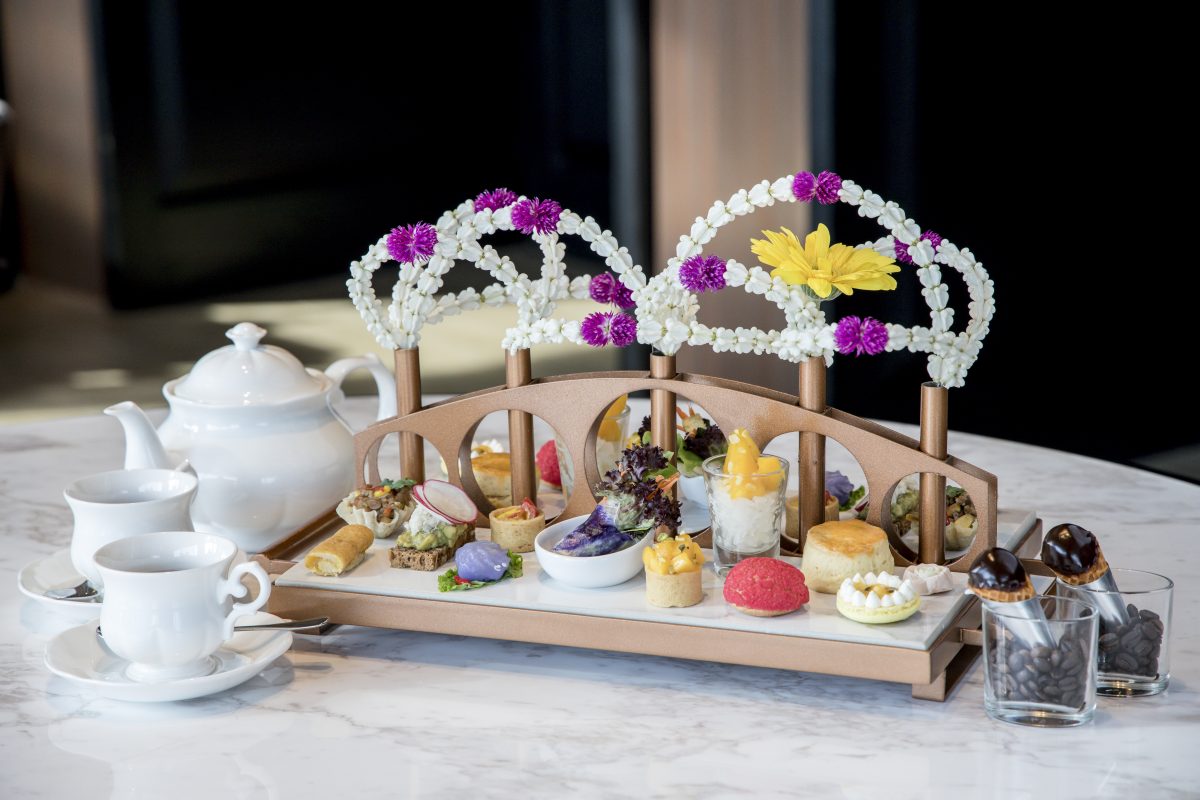
During the Second World War, wealthy residents of Bangkok fled air raids within the city to the suburban Bang Kapi area, turning the latter in to the fashionable residential district during the postwar years. Old Muslim landholders sold their lands in the real estate boom; numerous lanes were constructed branching off from the main road towards Bang Kapi Canal to the North, and Rama IV Road to the South. In 1947, the Government came up with the new National Highways Plan, which would turn Bangkok-Samut Prakan Road into the main highway, linking Bangkok with the Eastern provinces. Completed in 1950, the highway was renamed Thanon Sukhumvit, honouring Phra Bisal Sukhumvit, who supervised the construction of the first stretch of road.
During the reign of the King Bhumibol (1950 – 2016), rapid national development had a profound impact on the growth of Sukhumvit Road, which began to the lined with shophouses, hotels, office buildings, cinemas, and department stores, in response to the modern needs of the wealthy residents of Bangkok, as well as tourists. The Western end of the road became a major business district and a prime real estate area, with high-rise buildings in modern architectural styles. The ever-increasing road traffic led to the construction of modern mass transit systems such as the BTS (completed in 1999), and the MRT (completed in 2004).
Accordingly, Sukhumvit Road has become a unique neighbourhood in Bangkok, It is cosmopolitan, yet firmly rooted in its past, creatively combining modern urban lifestyles with history. A liveable community with prominent architectural and urban characteristics, Sukhumvit Road proudly represents Bangkok’s mercurial urban identity, as well as its readiness for future changes.
HYATT REGENCY BANGKOK SUKHUMVIT
1 Sukhumvit Soi 13 Road, Klongtoey Nua, Wattana Bangkok 10110
Tel : 02 098 1234 www.hyattregencybangkoksukhumvit.com


